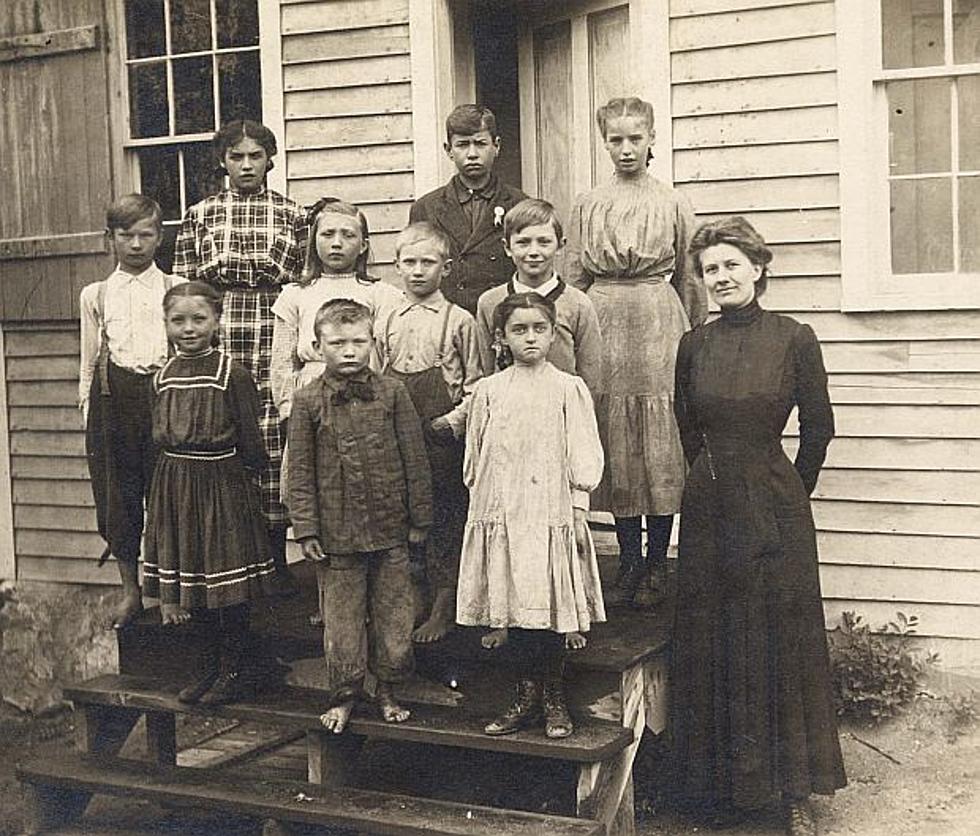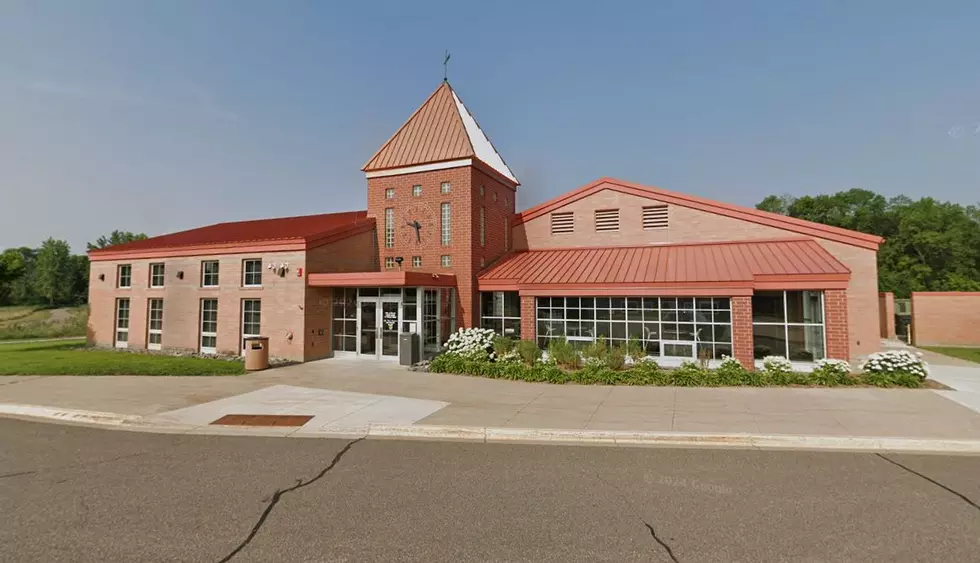
One Room Schoolhouses Closed – On ‘This Date In Central Minnesota History’
UNDATED - May 24th, 1967 – Consolidation of one-room schoolhouses
One room school houses are an image the majority of Minnesotans are familiar with. Either visiting one on a field trip or actually having attended a similar school, the image is a fond one of our Minnesotan roots. For the single room, furnished simply with a globe, maps hung over the blackboard, desks, and a wood burning stove, was the place for students of various ages to learn.
Schools were built early in the state of Minnesota due to the pioneer’s understanding of the importance of education. At the turn of the century, most children went to a country school within walking distance of their farm. There would be three or four students in each grade with the teacher having about 35 students for eight different grades. Reading, writing, arithmetic, and grammar were the programs taught. The education, while humble, was of consequence to the citizens of Stearns given the large amount of schools and school districts created.
The ambition of the communities to create means of education did prove problematic. At one time, Stearns County alone boasted 171 common districts. These districts, which gained financial support from community taxes, proved too small to effectively run a school. Nominal funds meant community districts could not acquire technology or teaching tools, such as books, in most communities. The quality of education was not regulated and higher education for the students was often not ensured. The humble rural institutions did not provide competitive education facilities which larger, more entrenched districts could offer. Thus, 43 years ago today the Duty to Maintain Grades K-12 Statue was passed by Minnesota Legislature in an attempt to un-clutter the educational system.
This piece of legislation passed on May 24, 1967 called for the consolidation of all districts without an elementary and a secondary school in order that a district may maintain schools for all grades. Districts that did not operate a secondary school were given until 1971 to merge with a district that provided K-12 education. Stearns County was affected greatly by the passage of the bill due to its large number of community schools.
Most residents accepted the eventual end of community districts. Yet some resisted stating that one room school houses were good enough for their parents, therefore it would be good enough for them and their children. The one room schoolhouse was not merely an educational facility, it was a community tradition.
The consolidation bill marked the passing of an era and an institution, the rural school, an institution which had served the citizens of Stearns County exceptionally well. The era which followed was distinct, nonetheless championed the ideals brought by the men and women who came in those early days to make their homes here. The provisions made for the establishment of institutions of learning due to these settlers appreciation of the importance of education has changed over the years but has not diminished.
Thanks to Brittany Bokovoy and the Stearns History Museum for their help with this story. You can also see some photos of some of the schools on our website. Just go to wjon.com and look for this story.
More From 98.1 Minnesota's New Country





